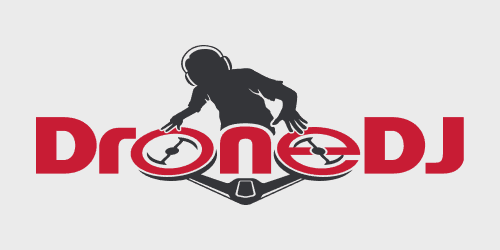
Many people buy a drone so they can capture their best vacation moments from the air. If you plan to travel with your drone in Europe this holiday season, the European Union Aviation Safety Agency (EASA) wants you to make sure you have the right permissions and licenses in place. Here’s a quick lowdown on the things to remember…
One registration for all EASA member states
Come December 31, the new European drone regulations will become fully applicable, making it easier for pilots to fly a drone under the same conditions across most of Europe.
For EU residents
If you live in any of the 31 EASA member states and have registered as a drone operator in your country, you don’t need to register again in another state. Your unique drone operator registration ID can be used on all your drones throughout all EASA member states. But do ensure that this operator registration ID is clearly visible on your aircraft(s) when traveling to another EASA member state.

While an engraved plate is the best way to do this, some authorities issue a QR code instead of a number. So, make sure it is readable/scannable from close up when the drone is on the ground.
For non-EU residents
If you’re a non-EU resident who plans to visit and fly a drone in Europe, you will need to register as a drone operator with the National Aviation Authority (NAA) from the first EASA state in which you intend to operate.
This registration will automatically become valid across the rest of EASA member states, saving you the trouble of registering again when you visit another member country.
But do keep in mind that to actually fly the drone, you will need to train and pass the European drone pilot’s certificate online exam, and get a remote pilot competency certificate. This you can get from any NAA, which is helpful, considering not all agencies offer the training and exam in English.

Also read: DJI ‘working on assuring compliance’ for Mavic 3 in Europe
Drone pilot certificate validity across EASA member states
A drone pilot certificate issued by any of the EASA member states will be recognized in all other EASA-affiliated countries. Remember that EASA itself does not issue pilot certificates.
Traveling outside Europe with your drone for the holidays
If you plan to take your drone to a non-EASA member state, you will need to follow the respective country’s national legislation for drone flying.
In countries with a well-regulated drone system, most of the general aspects (registration, ID number, pilots’ training, exam, pilot certificate, where to fly or not to fly, etc.) will be very similar conceptually to the ones in place in Europe. But this doesn’t mean that your current IDs and certificates will be automatically recognized in non-EASA countries.
Your best route would be to contact the official aviation authority of the country you plan to visit and find out what to do. But the one thing that always works is following the rules and flying safe!
Read more: UK investigation reveals how police operator ‘lost’ a $7K Parrot drone
FTC: We use income earning auto affiliate links. More.






Comments